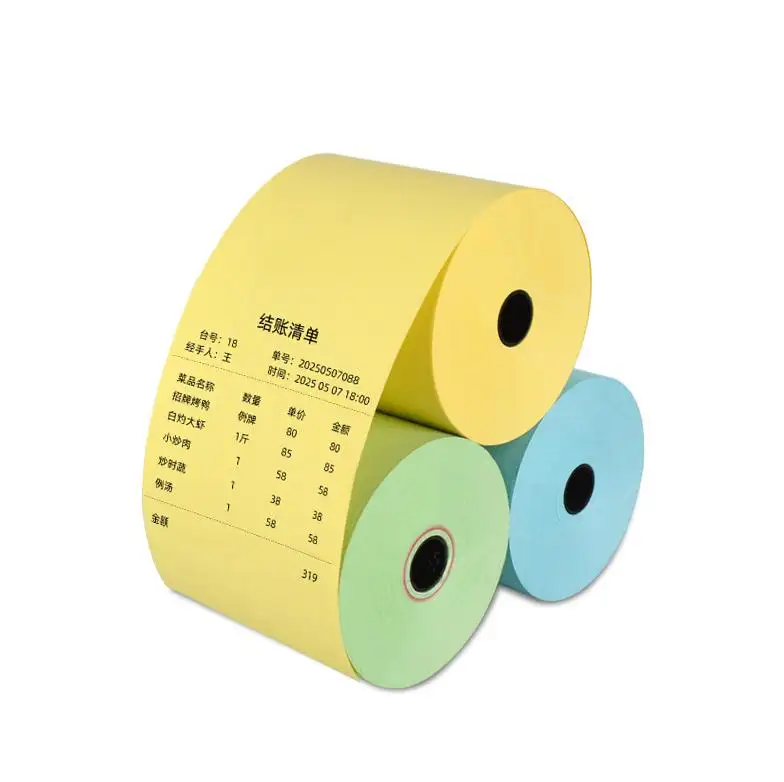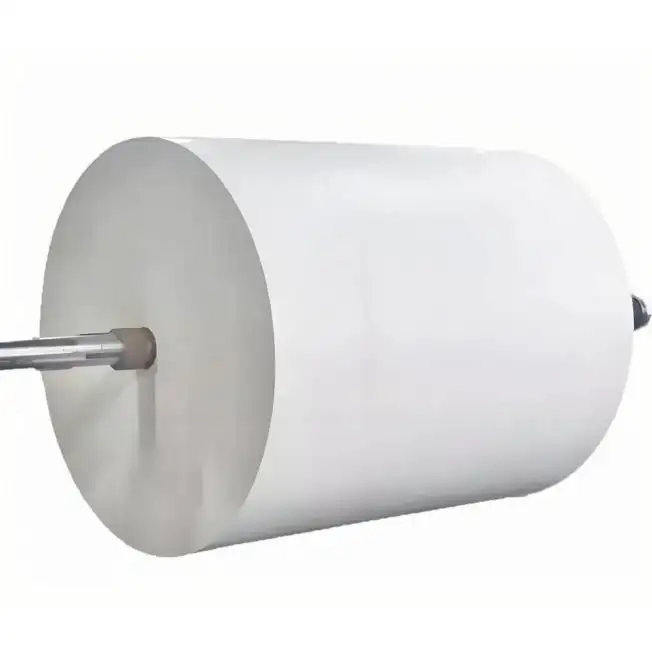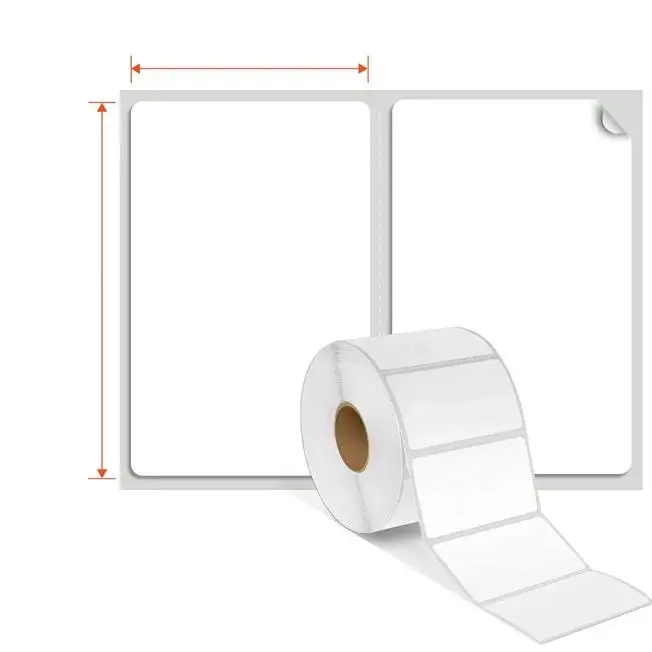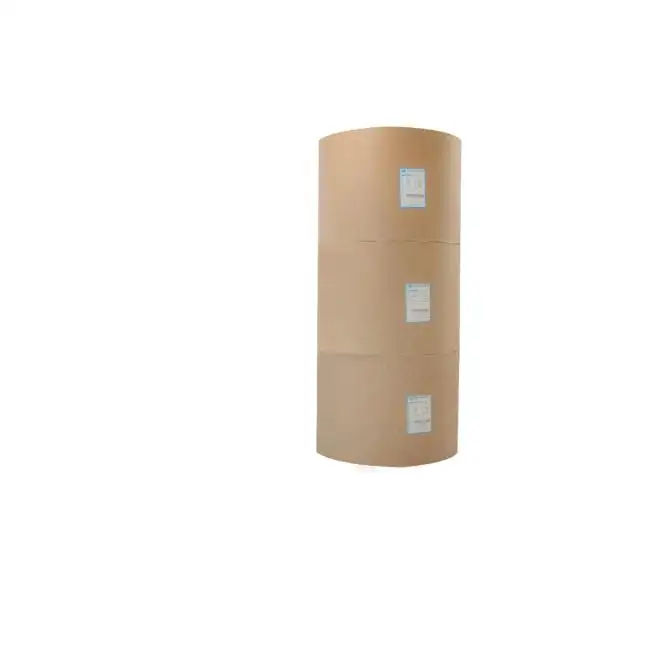Updated 2 months ago
Thermal Paper Industry Outlook 2025: Trends, Challenges & Opportunities


JINBAO
Jinbao Paper operates a modern factory with strict quality control and exports thermal paper rolls to over 20 countries across Europe, Asia, and the Americas. The company supports OEM customization, fast delivery, and competitive pricing for global clients.
Jinbao Paper specializes in the production of thermal paper, copy paper, label stock, and other paper-based consumables. With 34 years of manufacturing experience and international certification, the company is committed to providing sustainable, high-quality solutions for printing needs worldwide.

Introduction
The global thermal paper industry has been evolving rapidly over the past decade. From retail receipts and shipping labels to medical diagnostics and ticketing systems, thermal paper remains a critical medium in many sectors.
As we approach 2025, the market is facing new challenges—rising raw material costs, tightening environmental regulations, and increasing demand for sustainable alternatives. At the same time, these challenges are opening new opportunities for thermal paper suppliers, distributors, and B2B buyers who are ready to adapt.
Current Market Landscape
The thermal paper industry is driven by three primary applications:
- Point-of-Sale (POS) Receipts – Still the largest segment, especially in retail and food services.
- Logistics & Shipping Labels – Growing rapidly due to e-commerce and global trade.
- Healthcare & Diagnostics – Used in medical devices, hospital labeling, and patient record printing.
Despite predictions of “paperless” offices, demand for thermal paper continues to grow, especially in emerging markets.
Key Market Trends for 2025
Several macro trends are shaping the industry in 2025:
Shift to BPA-Free & Phenol-Free Paper
- Compliance with EU, US, and Asia-Pacific regulations.
- Rising consumer demand for eco-friendly receipts and labels.
Sustainability Pressure
- Demand for recyclable, biodegradable, and FSC-certified paper.
- More businesses adopting green procurement policies.
E-commerce Expansion
- Explosive growth of online retail requires billions of shipping labels annually.
- Logistics companies are turning to bulk thermal label suppliers for efficiency.
Global Supply Chain Volatility
- Fluctuations in pulp prices and shipping costs affect manufacturers and buyers.
- Businesses are diversifying sourcing to mitigate risks.
Technology Integration
- Advancements in thermal transfer labels and hybrid printing solutions.
- Smart receipts with QR codes and digital integrations.
Challenges Facing the Industry
The path forward is not without obstacles:
- Rising Raw Material Costs – The price of pulp and chemicals continues to climb.
- Regulatory Compliance – Stricter chemical restrictions (BPA, BPS, phenols).
- Digital Alternatives – Growth of e-receipts and digital documentation.
- Competition – Market saturation in certain regions reduces profit margins.
Businesses that fail to adapt risk falling behind, while forward-thinking companies can transform these challenges into growth opportunities.
Opportunities for Businesses
On the brighter side, 2025 presents multiple opportunities:
- Export Growth – Demand in Africa, Latin America, and Southeast Asia is expanding.
- OEM Customization – Brands seeking private label thermal rolls and stickers.
- Bulk Supply Contracts – Large-scale retailers and couriers require long-term supply partnerships.
- Eco-Friendly Innovation – Suppliers who invest in recyclable, BPA-free, and sustainable paper gain a competitive edge.
For thermal paper manufacturers and suppliers, the ability to combine compliance, sustainability, and customization is the key to success.
Choosing the Right Thermal Paper Supplier in 2025
Businesses sourcing thermal paper must be strategic. A reliable partner should provide:
- Compliance Assurance – ISO, REACH, and RoHS certifications.
- Custom Solutions – POS rolls, jumbo rolls, and thermal labels in various sizes.
- Stable Supply Chain – Advanced production capacity and short lead times.
- Competitive Pricing – Wholesale thermal paper without sacrificing quality.
- Global Logistics – Ability to deliver efficiently across regions.
Working with a trusted thermal paper supplier ensures long-term security, cost savings, and smoother international operations.
Future Outlook
By 2025 and beyond, the thermal paper industry is expected to:
- Grow steadily in e-commerce and logistics applications.
- Phase out harmful chemicals like BPA and BPS completely.
- See increased adoption of sustainable materials and recycling programs.
- Expand in developing markets, balancing the digital shift in developed economies.
Conclusion
Despite digitalization, thermal paper is far from disappearing. Instead, it is evolving. The industry in 2025 will be shaped by sustainability, compliance, and innovation.
For businesses, the key takeaway is clear:
- Adopt BPA-free and eco-friendly paper to stay compliant.
- Secure reliable suppliers for stable pricing and supply.
- Leverage customization to differentiate in competitive markets.
Thermal paper remains a backbone of global commerce, and those who embrace the changes today will secure stronger market positions tomorrow.

Written by
JINBAO
Jinbao Paper operates a modern factory with strict quality control and exports thermal paper rolls to over 20 countries across Europe, Asia, and the Americas. The company supports OEM customization, fast delivery, and competitive pricing for global clients.
Jinbao Paper specializes in the production of thermal paper, copy paper, label stock, and other paper-based consumables. With 34 years of manufacturing experience and international certification, the company is committed to providing sustainable, high-quality solutions for printing needs worldwide.
We'll Get Back Within 24 Hours



